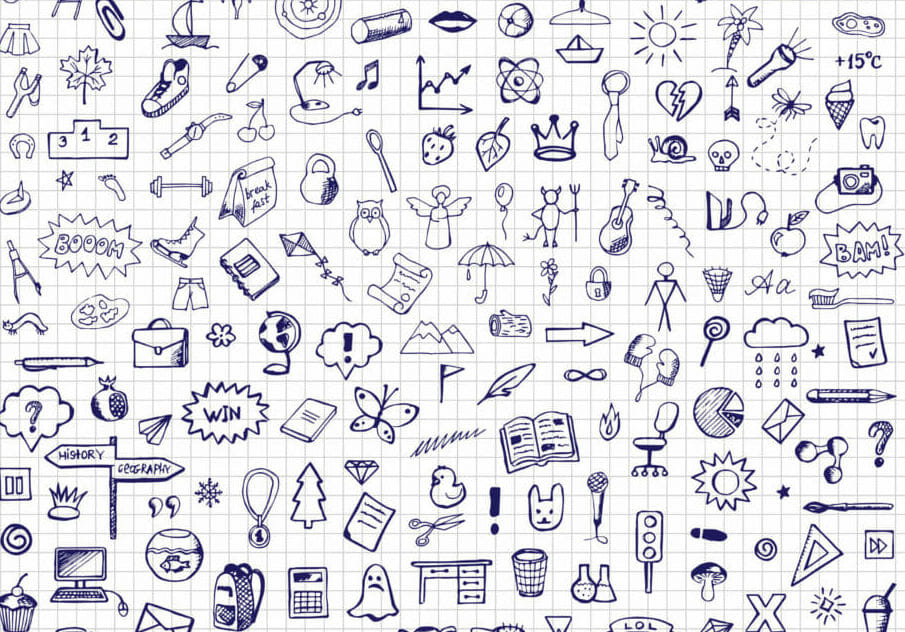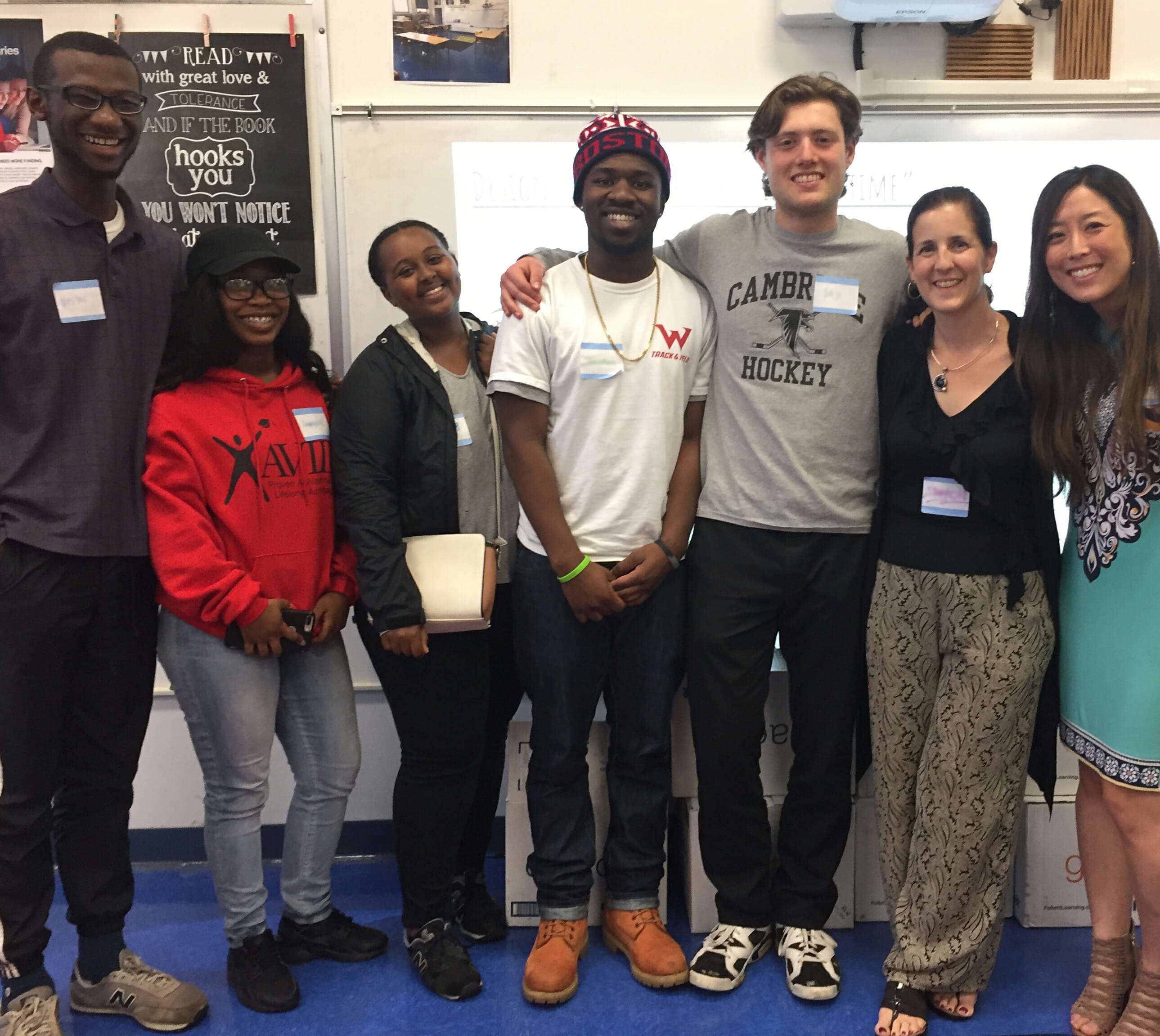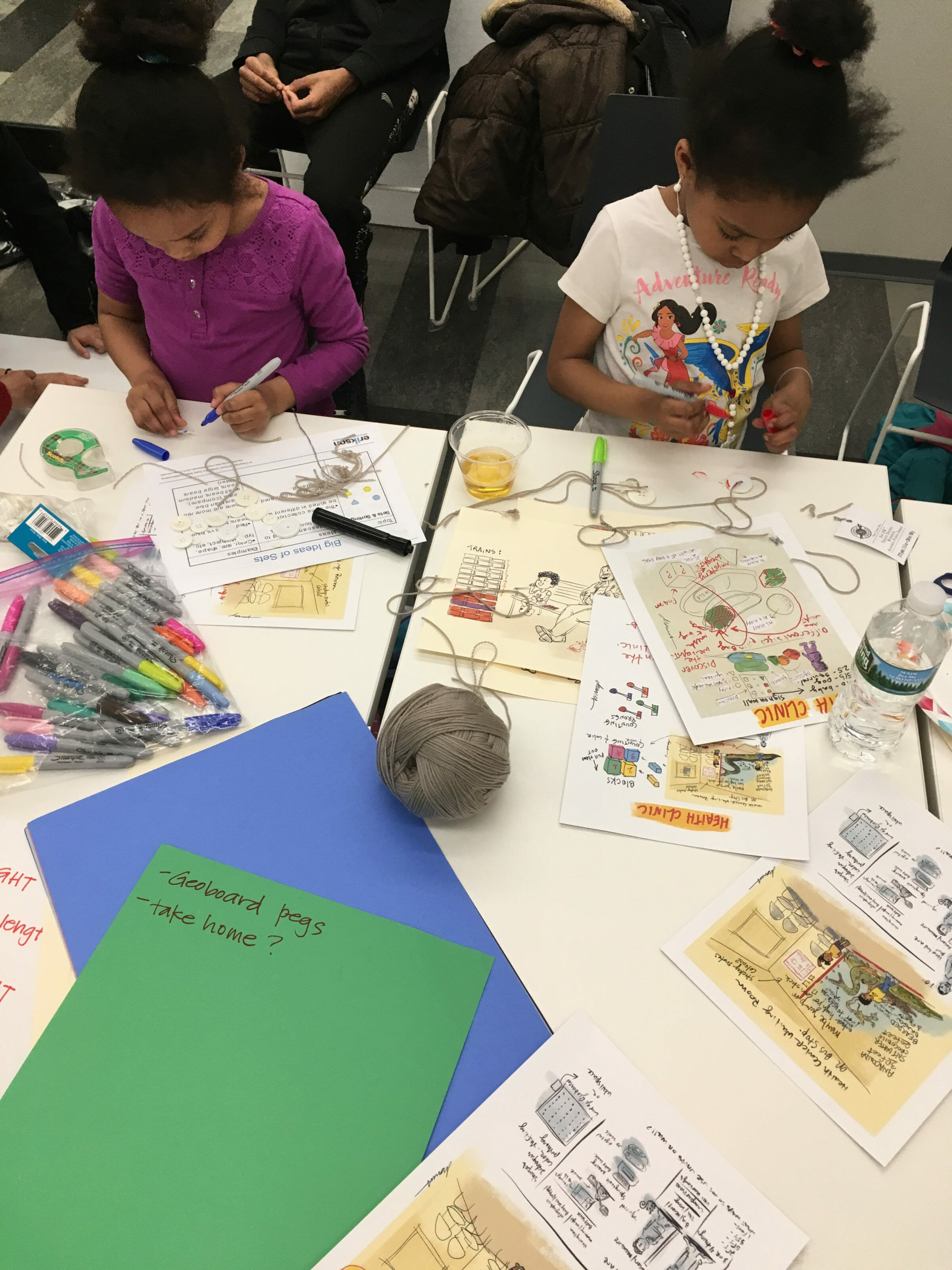Experimenting with Education
Cambridge Public Schools’ Design Journey
The Design Lab, a novel approach for infusing design thinking in K-12 education, is taking root in Cambridge Public Schools.

By Angie UyHam, District Design and Innovation Coach, Cambridge Public Schools
I remember being four-years-old, holding the edge of my mother’s dress as she dropped me off for the first day of kindergarten.
Maybe it was the school’s red-carpeted, bi-level, open-floor plan or just typical kindergarten nerves, but I remember digging in my heels (literally) and not wanting her to leave. Little did I know, that would be the first day of what I now see as a forward-thinking, student-centered, adaptive approach to my education.
The school I attended was different than most. Once I got over my first-day jitters, I dove in head first. I was invited to plan out my mornings using a choice list and clipboard to help guide my decisions. Even at a young age I was empowered to harness my curiosity and I was encouraged to trust my decisions. Later in my elementary experience, my classmates and I spent months studying the sea, and our culminating project was a giant replica of a humpback whale made of garbage bags and air. It was proudly displayed for all to see. Every inch of that model forced us to be open-minded, collaborative, and creative.
It was my own schooling that inspired me to go into the field of education, where I could strive to create the same conditions for my students to question, explore, learn, make, and reflect. It’s an amazing feeling to give a student what they’re asking for, and in turn validate that you see them, hear them, and understand them.
After almost seventeen years as a classroom teacher, literacy coach, and reading specialist, with the last decade in the Cambridge Public Schools (CPS), I was longing to feel like the learner I once did as a child, so in the Fall of 2014 I did something I never saw myself doing: I went to business school. I thought I’d be a fish out of water, but instead, it sparked the things I had been striving to get back to: following my curiosity, leaning into things that inspired me, and trusting my decisions. After business school, I came back to Cambridge Public Schools, eager to hear how things were different, but I was discouraged to learn that, although the seasons had passed, not much else had changed.
That was the catalyst for my journey to build a community to address challenges in education through design. I saw the power of combining education, innovation, and social change in redefining the way public schools identify and address problems. Educators want their voices heard and to create solutions to existing challenges, yet it feels like obligations are prioritized over inspiration. We want to be seen, heard, and understood as well. I wondered what might happen if we flipped the scenario and found our path back to becoming curious, inspired, decision-makers.
Current System
In our current education system, teachers are forced to spend much of their time teaching to tests and following (often ineffective) policies set by others. Not enough time is spent teaching students valuable skills, like creative problem solving. In fact, creativity itself tends to be actively suppressed. Worst of all, teachers are not allowed the autonomy to tackle these challenges, even though they are often bursting with the best ideas and solutions. There are too many rules to follow, too few chances for inspiration, experimentation, and student-centered teaching.

The Process
When I began this effort, there was no structure, funding, or much awareness for what I was hoping to do. Instead, what was present was my sense of urgency due to the overwhelming number of district mandates and the need for educators to be shared decision-makers. Fortunately, a group of leaders and learners who wanted to change the status quo were open to trying a new approach.
In the Fall of 2016 I offered an opportunity to educators and called it The Design Lab (dLab). This experience was based on the principles of design thinking. I knew the human-centered, optimistic, collaborative, and experimental approach offered an antidote to the overwhelming feeling of obligation and compliance often felt by teachers. The dLab started as a course that educators could take for obligatory professional development credits, but they were able to choose their own topics. I hoped this freedom to identify our own problems would lead to inspiration. The first iteration of the dLab began with five educators who were willing to try something different.
Educators started by reframing their own challenges, and asking “How Might We” questions. I worked on my own challenge as well, “How might we capitalize on educators’ experiences, expertise, and passions by changing the way in which problems are identified and addressed as a district?”
By the end of the course educators were saying things like: “It’s really difficult receiving directives from the top down from people that are not necessarily working with students… so knowing that those of us that do work directly with kids can impact change that immediately affects us is really powerful. We don’t always have a place to do that, and the Design Lab is able to help create a space for that.”
And it was more than a feeling. Prototypes were in motion and things were changing. It was time to start thinking about the impact of this work for the following year, so I drafted a proposal and by the early winter had discussed a partnership with the Center for Artistry and Scholarship and The Cambridge Agenda for Children. By December, twenty-five people had participated in the lab, and a new model was emerging.
I also began to quietly share a proposal to incorporate the dLab into the school district, and was receiving positive and constructive feedback. Everything was coming together.
Simultaneously, a third prototype was under way with twenty more participants, ranging from classroom teachers and local storytellers to university professors and designers. These partnerships soon became more formal, building our network. By Spring 2017, district administration began to see the impact of the lab.
As of now, through word-of-mouth and direct outreach, the Design Lab has engaged over 300 participants, and worked on over forty design challenges. There are a variety of ways to engage in the Design Lab, including workshops, courses, and coaching, which creates different entry points to meet the needs of individuals and specific groups. The range and diversity of Design Challenges is evidence of the Design Lab’s reach and impact. Choice was a big factor in moving from a feeling of “obligation” to “inspiration”, and has been a key part of the lab.
With the lab growing, we’ve become more sensitive towards meeting the needs of all participants. Individuals in Design Lab courses may engage differently in the process than groups who are coming together to solve a problem that has been identified by someone else — by administration, for example. By using design thinking and systems thinking, we’ve been able to begin to address many of the challenges across the district and city.
Step Inside
So, what is it like to participate in Design Lab Educators (alongside students and community members) decide what inspires them and what they want to address. They can come to a workshop, enroll in a course, or reach out for coaching. And in my new role as the District Design and Innovation Coach at Cambridge Public Schools, I support peers to identify challenges, engage in collaborative problem solving, explore and prototype impactful solutions, and make them real. Participants commit to regular team meetings and are coached on their ideas. The Design Lab guides participants through an iterative process. We gather information, brainstorm, and develop them into viable solutions. We learn together, from each other, and through new insights.
We collaborate to understand more about Design Thinking. Design thinking, if done thoughtfully, can allow us to innovate in new ways. It’s a framework that encourages us to listen, look, and trust in the power of collective insight and creativity. We explore new ways to think about a variety of needs in education. We define challenges, implement prototypes, and evaluate outcomes.
The Lab Expands
The Design Lab is changing the culture of our district and giving educators a place to exhale and lean into inspiration. This Spring, the superintendent of the Cambridge Public Schools wrote an Op-Ed and titled it “America’s Most Influential Innovators (It’s not Who You Think)”. When reflecting on the Design Lab he writes, “One year into its existence, it is influencing the culture of our school district. At the same time that we seek to institutionalize equity, rigor, and joyful learning, the dLab provides strategies for avoiding rigidity and stagnation. Just as we want our students to become lifelong learners, our organization is learning what it means to be learning.”
Spurred by the success of the model, we are expanding. The Student Design Lab is a place for students to take meaningful action on issues they care about using design thinking methods. We’ve prototyped three opportunities for this, and look forward to many more next fall including courses and “labs” that will address Design Challenges like: How might we provide an opportunity for students to redefine their past, be more connected to the present, and design for their future? How might we engage students as climate change citizens? How might we co-design experiences to celebrate the power of hip hop?
This Spring, we also prototyped an Innovation Council. The council was composed of district leadership, educators, school leaders, and (when appropriate) students, parents and other partners. The aim was to highlight ideas educators are already implementing, reviewing potential proposals aligned with our district plan framework, and hearing educators present on their impactful solutions.
We promoted these new partnerships between educators and district administration, highlighting the power of collaborative decision-making. We believe that this approach has the potential to reinvent the roles of teachers and students in the classroom.
Impact
Our efforts to date have been a success and show promising new directions for public education in Cambridge. The Design Lab has grown from a group of five educators to over 300 participants and has emerged as a new model to co-design solutions in our schools, district, and community.
The Design Lab is not a singular location. It isn’t a permanent office, but instead it is a community and mental “space” to reset, prioritize, connect, and build. That simplicity is where real inspiration happens and amazing things begin.When limited funds and space are involved, people get creative; it’s innovation by necessity. When educators get creative, anon-traditional network forms. And when you combine opportunity, and a determined group of people, it feeds something that obligations can’t, and only inspiration can. And as one teacher reflects, “So, now we’re all in this together. We keep taking on our design challenges and shifting our roles and culture. We have administrators, teachers, students, and community partners turning to each other to bravely face and reframe our problems and play with the possibilities in a ‘space’ that’s bigger than we ever imagined.”
From Design Museum Magazine Issue 008
How Might We…
Elementary School
How might we, in the interest of equity,
improve our Portuguese guided reading
practice in order to help our students
achieve the same reading levels in
Portuguese as they do in English?
Outcome: Portuguese Guided Reading
books created by Olá teachers with
support from administration. New book
room on Cambridge Street included
Portuguese materials in 2019.
Upper School
How might we, support educators in
Cambridge to create and critically analyze “rigorous, joyful, and culturally responsive” teaching and learning so that they increasingly disrupt and dismantle patterns of inequity in Cambridge?
Outcome: The launch of a learning network of educators that collaborate, share practices, critically analyze and document their experiments.
High School
How might we, create an authentic experience where students can voice, address, and take meaningful action on issues in their community so they have agency in creating effective change?
Outcome: High school students working with administration to find ways to revise scheduling to create more student-centered and student-directed forums.
District
How might we, create a structure that allows general educators, special educators, and other service providers to regularly collaborate around
supporting students’ transitions and aligning our expectations to facilitate and document student growth?
Outcome: A new bi-weekly school-based meeting with general educators, special educators, and service providers collaborating around the needs of students. Implications for more district impact around inclusive practices.


